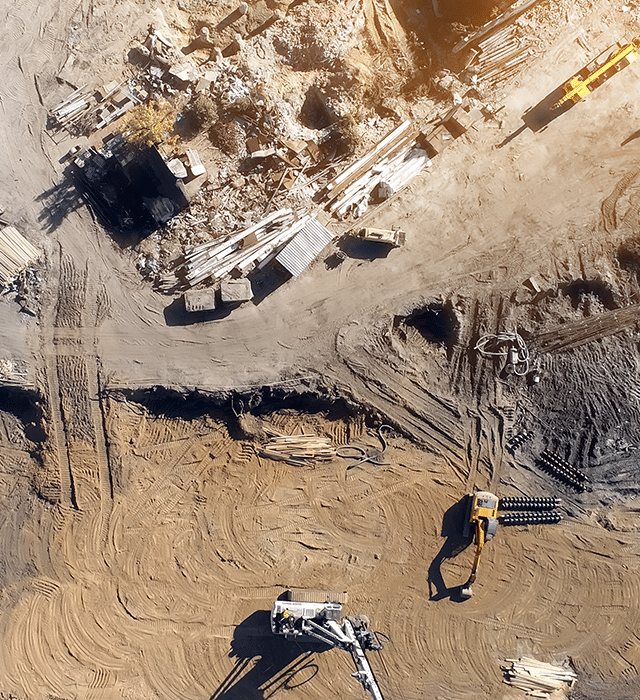Venturing outdoors this month usually means skiing and finding the best spot for sledding with your family. But for construction workers, jobs don’t stop for cold or snow in most cases. There’s always work to be done.
Despite freezing temperatures, snow and ice, construction workers must don their cold weather gear and head out to the jobsite. Since safety is a primary concern for everyone in the industry, there are several cold weather safety tips for construction workers.
Jobsite Conditions
Jobsite safety should be a concern year-round. According to the Occupational Safety and Health Administration (OSHA), falls are the most common construction accident, accounting for over 6,000 violations in 2018. It’s obvious that winter creates more hazards than other times of year. Snow and ice and make for dangerous footing.
- Take the extra time to plan your route. Those in a hurry may not see icy conditions.
- Wear appropriate footwear. Boots with rough or heavy treads are good for walking in the snow. Take extra care on roofs with slippery conditions.
- Walk cautiously once indoors. Entrances can become very slippery from people walking in with snowy shoes.
Worker Health
Extreme freezing temperatures can create hazards to worker’s bodies as well as the jobsite. Often called cold stress, freezing conditions can drive down skin temperature and eventually the internal body temperature. When the body is unable to warm itself, serious cold-related illnesses and injuries may occur, and permanent tissue damage and death may result.
Trench foot – An injury of the foot caused by prolonged exposure to wet and cold conditions. Signs of trench foot include redness, tingling sensation, pain, swelling, leg cramps, numbness, and blisters. Use waterproof boots to minimize this risk.
Frostbite – An injury caused by the freezing of skin and tissues, which can cause permanent damage to the body. Signs of frostbite include redness, pain, or unusually firm, waxy or numb skin with a grayish-yellow pallor. Wearing layers, hats, gloves, and waterproof boots are necessities to ward off frostbite.
Hypothermia – Occurs when normal body temperature drops to less than 95 degrees Fahrenheit after being exposed to cold temperatures for a long period of time. Signs of hypothermia include shivering, exhaustion, memory loss, slurred speech, jittery hands or sleepiness. Follow OSHA’s Work/Warm-up Schedule to say within guidelines.
Driver Safety
Everyone that has been behind the wheel on snow and ice knows its dangers. Precautions for hazardous road conditions are especially true for construction workers who may be driving large, heavy vehicles with uneven payloads. Checking construction vehicles before heading out is paramount in cold weather conditions. This includes brakes, cooling system, electrical system, engine, exhaust system, tires, and oil. Having the proper communications system is also important to report on road conditions and safety issues with other workers.
Find the Right Safety Professional
December brings holiday cheer but also potential hazards at your jobsite. Your workers, equipment and company’s reputation is at risk for accidents and unsafe conditions.
Cold weather safety tips for construction workers are just a few of the services provided by safety consultants like those at HealthSafe. Helping with construction worksite safety staffing, job site safety management, and OSHA compliance services for over 20 years, HealthSafe can work with your organization for any construction site safety needs. Find the right safety professional today at HeathSafe.




